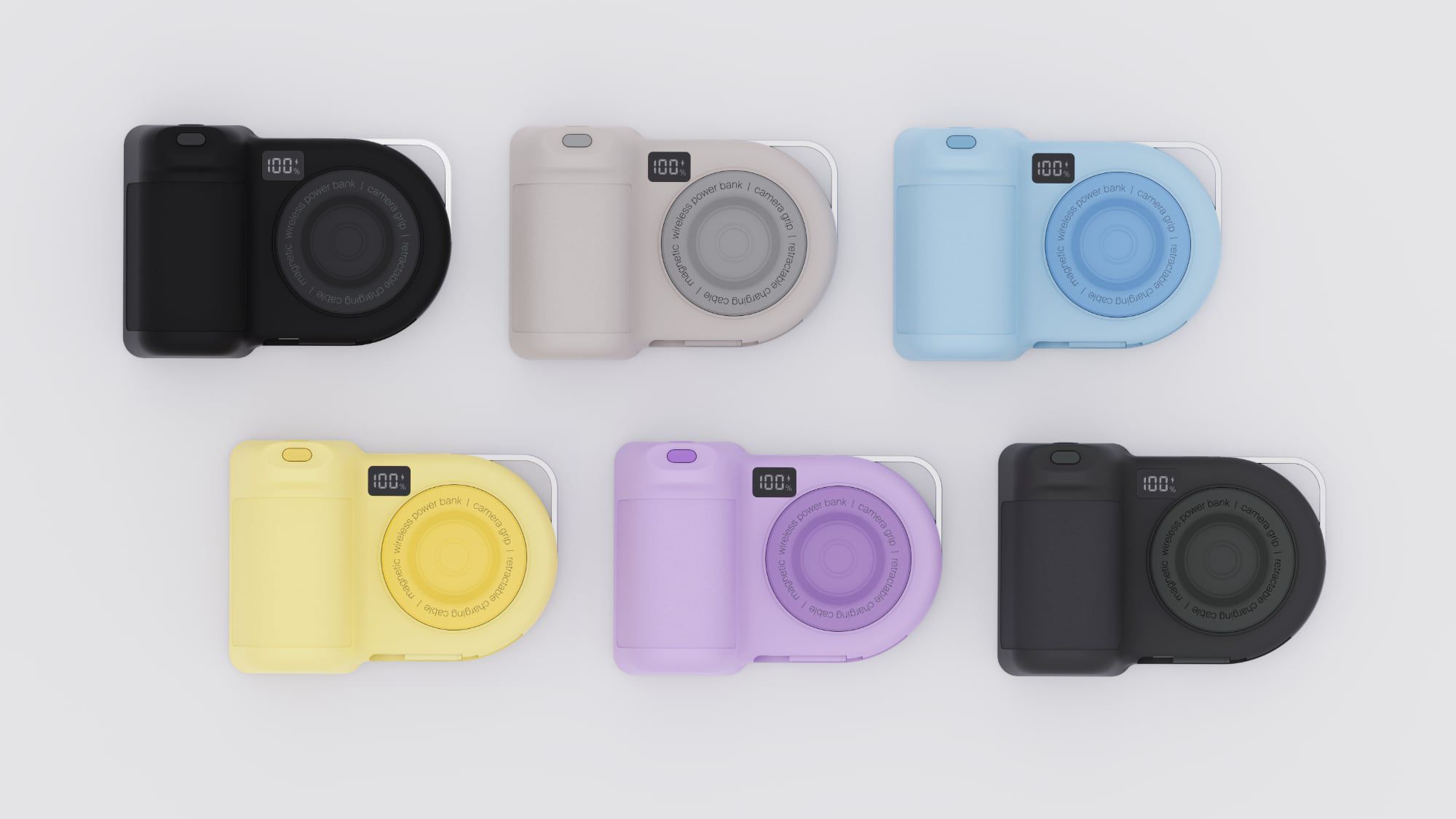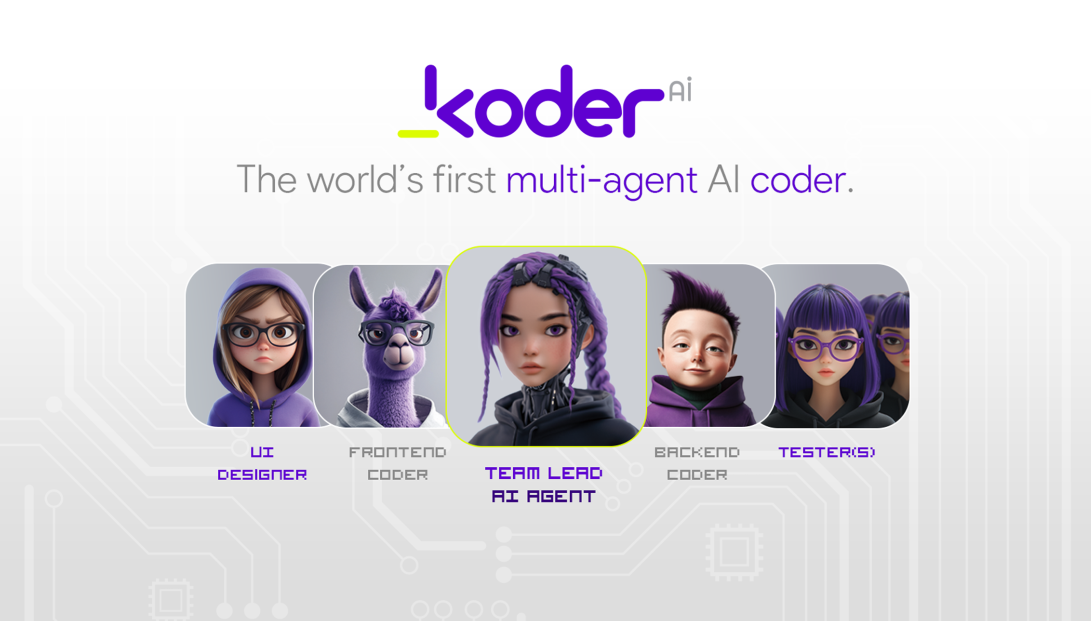How to Write User Stories for Beginners
Introduction
Over my time as a Software Engineer, I’ve seen many ways people plan software projects. One method that keeps popping up is writing user stories as part of the scrum agile project methodology. They’re short descriptions of what a user wants to do, and they help everyone understand the goal.
User story fit into the larger scrum system of scrum events.
What Are User Stories?
A user story is a small note that describes the user, what they need, and why they need it. For instance, if you’re building a sign-up page, you might say, “As a new visitor, I want to create an account so I can see my profile.”
- As a [type of user]: Identifies the user (visitor, admin, etc.).
- I want [action]: Describes what they want to do.
Why Do They Matter?
- Clarity for Everyone: Developers, testers, and product owners see the exact thing the user wants. No confusion.
- Simpler Prioritization: You can rank which user stories are more important for your product.
For example, if you have a fintech app, a story might be: “As a customer, I want to link my bank account so I can view my balance.” This one-liner tells your team what to build first.
Key Elements of a Good User Story
-
Simple Language: Keep the story short. Avoid stuffing too many details into it.
-
One Goal: If you need more than one goal, break the story into smaller parts.
-
Clear Reason: State why the user wants this. It helps the team see the bigger picture.
Writing Acceptance Criteria
Acceptance criteria are a checklist to confirm the story is done. For instance:
- “After sign-up, the user gets a welcome email.”
- “The user can log in with the email and password they used.”
These rules guide your developers and testers. In addition, they help confirm that everything works as expected.
My Experience With User Stories
I’ve worked with many teams that switched to agile and started using user stories. At first, they wrote huge, detailed stories. That is often confusing. Eventually, we learned to keep them short and test them right away. On the other hand, skipping acceptance criteria entirely led to guesswork, and we had to redo much work later.
Through trial and error, we saw that a lean, clear user story works best. Also, involving the right people—developers, product owners, and QA—during story creation reduces last-minute surprises.
Common Pitfalls
- Vague Descriptions: “As a user, I want to do stuff so I can do more stuff.” That’s too unclear.
- Too Much Detail”: Writing an entire manual in the story bogs everyone down.
- No Acceptance Criteria: You’ll spend extra time debating if the story is done or not.
Conclusion
User stories keep things focused on user needs. Furthermore, they let you plan features in smaller steps. In short, a clear user story shows who wants something, what they want, and why. Add acceptance criteria, and you have a solid way to confirm the final product.
I hope this helps you start writing your own user stories. They’ve helped me—and my teams—deliver more user-friendly features. Try them out, and see if they simplify your next project!
Thanks for reading!
Feel free to reach me at Just Another Tech Lead or on my channels (X and YouTube).











